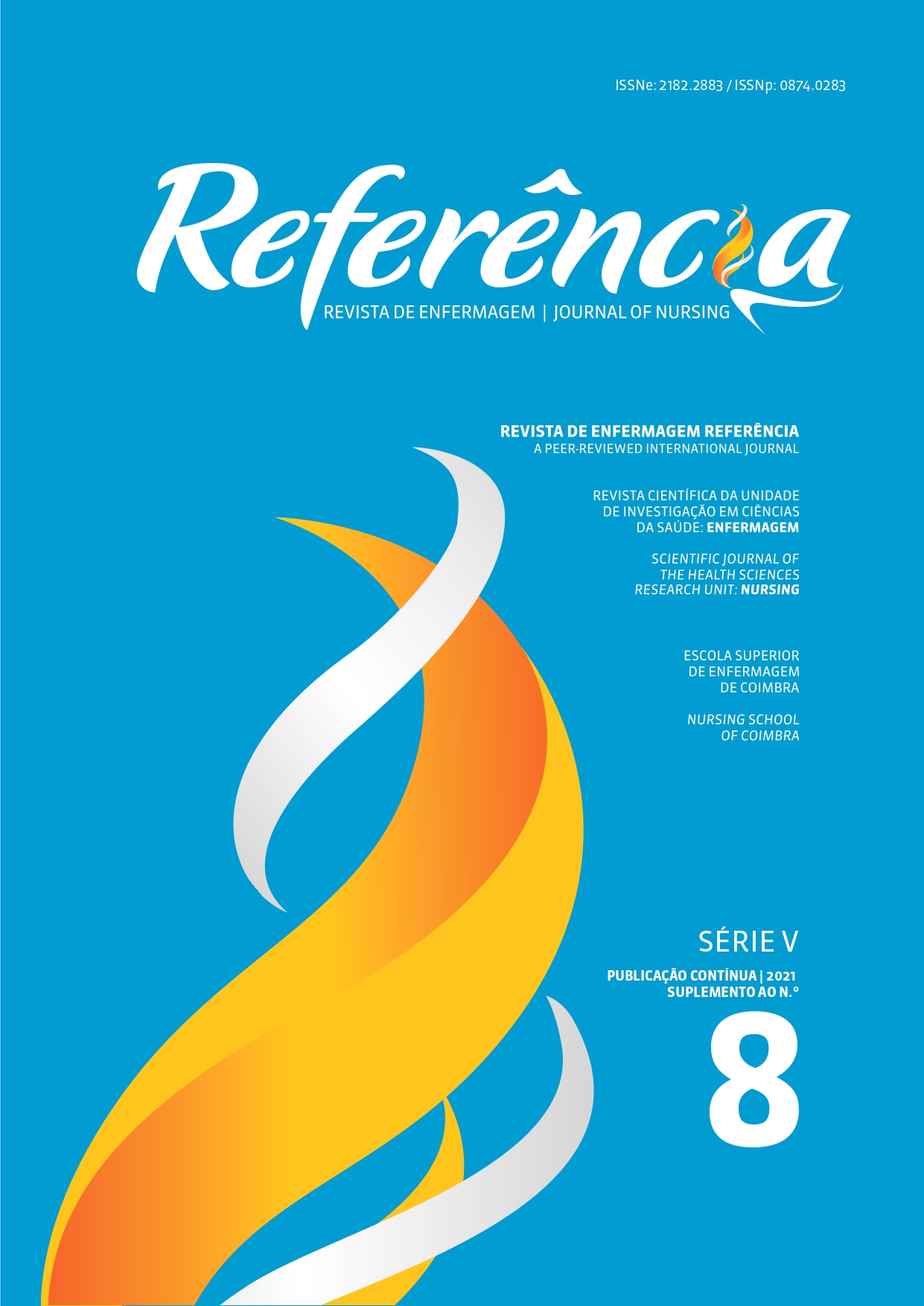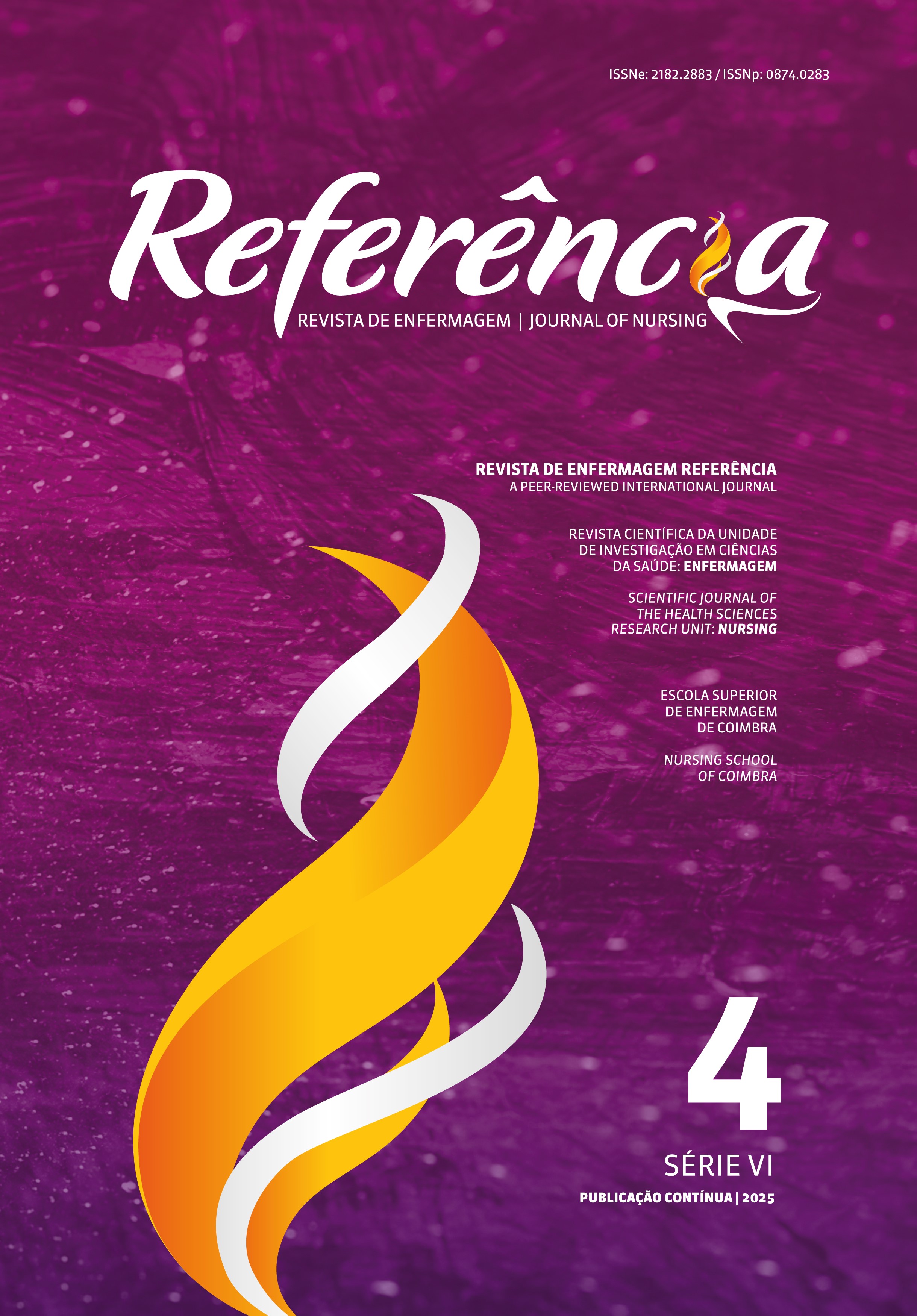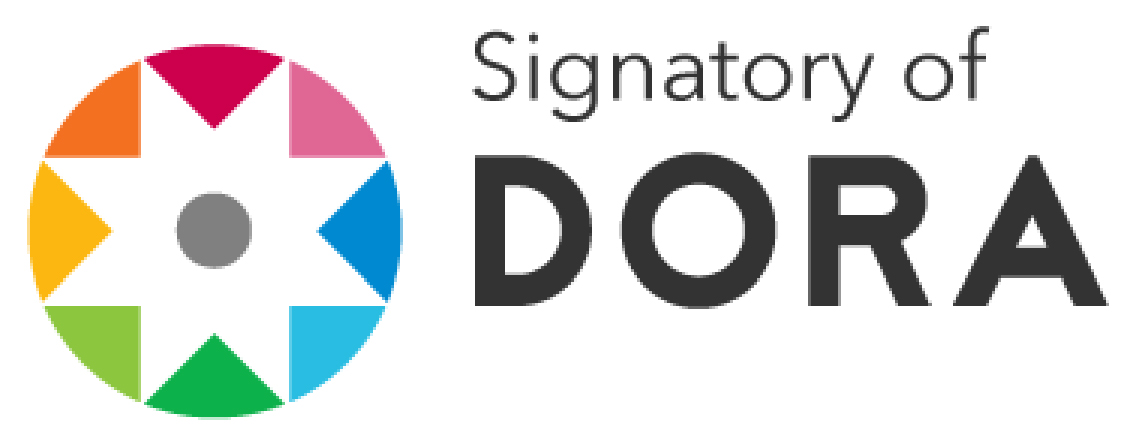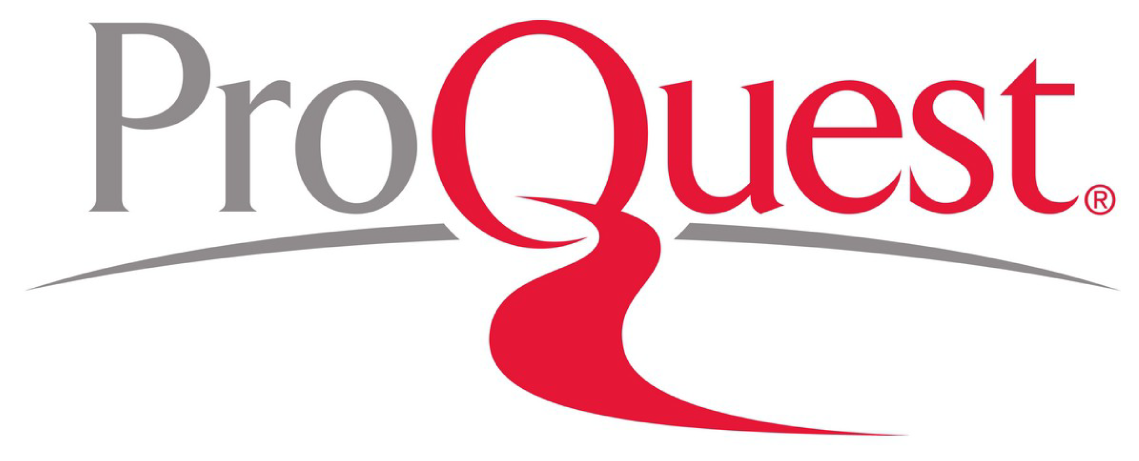Evaluación de la calidad de vida de las mujeres con cirugía mamaria después del programa de rehabilitación
DOI:
https://doi.org/10.12707/RV21013Palabras clave:
calidad de vida, cáncer de mama, rehabilitación de enfermería, programas de rehabilitación, cirugía de mama, vaciamiento ganglionar axilarResumen
Marco contextual: El diagnóstico precoz del cáncer de mama y los avances terapéuticos han contribuido a aumentar el número de supervivientes; sin embargo, se sabe poco sobre cómo afecta la calidad de vida de las mujeres.
Objetivo: Evaluar la calidad de vida de las mujeres sometidas a una cirugía mamaria con extirpación de los ganglios linfáticos axilares tras la implementación de un programa de rehabilitación.
Metodología: Estudio cuantitativo de evaluación pre y posintervención a 48 mujeres captadas en un centro hospitalario entre 2018 y 2019. Se implementó un programa de rehabilitación durante 3 meses en los hogares de las participantes. Los instrumentos utilizados fueron EORTC-QLQ-C30 y BR23.
Resultados: Tras la implementación del programa, la calidad de vida de las participantes mejoró en los aspectos funcionales (desempeño, emocional, cognitivo, social, imagen corporal, perspectiva de futuro) y en los síntomas (fatiga, dolor, insomnio, efectos de la terapia sistémica, de mama y brazo).
Conclusión: Este programa influyó positivamente en la calidad de vida de las participantes, proporcionándoles los conocimientos y las competencias necesarias para participar activamente y con conocimiento de causa en su rehabilitación motora.
Descargas
Citas
Al-Gaithy, Z. K., Yaghmoor, B. E., Koumu, M. I., Alshehri, K. A., Saqah, A. A., & Alshehri, H. Z. (2019). Trends of mastectomy and breast-conserving surgery and related factors in female breast cancer patients treated at King Abdulaziz University Hospital, Jeddah, Saudi Arabia, 2009-2017: A retrospective cohort study. Annals of Medicine and Surgery, 41, 47-52. https://doi.org/10.1016/j.amsu.2019.03.012
Albers, L. F., Van Ek, G. F., Krouwel, E. M., Oosterkamp-Borgelink, C. M., Liefers, G. J., Den Ouden, M. E., Den Oudsten, B. L., Krol-Warmerdam, E. E., Guicherit, O. R., Linthorst-Niers, E., Putter, H., Pelger, R. C., & Elzevier, H. W. (2020). Sexual health needs: How do breast cancer patients and their partners want information? Journal of Sex and Marital Therapy, 46(3), 205-226. https://doi.org/10.1080/0092623x.2019.1676853
Cheng, K. K., Lim, Y. T., Koh, Z. M., & Tam, W. W. (2017). Homebased multidimensional survivorship programmes for breast cancer survivors. Cochrane Database of Systematic Reviews, 8, Article no: CD011152. https://doi.org/10.1002/14651858.CD011152.pub2
Direccao-Geral da Saude. (2017). Programa Nacional para as Doenças Oncológicas 2017. Dragun, A. E., Huang, B., Tucker, T. C., & Spanos, W. J. (2012). Increasing mastectomy rates among all age groups for early stage breast cancer: A 10-year study of surgical choice. The Breast Journal, 18(4), 318-325. https://doi.org/10.1111/j.1524-4741.2012.01245.x
European Organisation for Research and Treatment of Cancer. (2001). EORTC QLQ-C30 Scoring manual (3th ed.). https://www.eortc.org/app/uploads/sites/2/2018/02/SCmanual.pdf
Ergun, M., Eyigor, S., Karaca, B., Kisim, A., & Uslu, R. (2013). Effects of exercise on angiogenesis and apoptosis-related molecules, quality of life, fatigue and depression in breast cancer patients. European Journal of Cancer Care, 22(5), 626-637. https://doi.org/10.1111/ecc.12068
Ferlay, J., Colombet, M., Soerjomataram, I., Dyba, T., Randi, G., Bettio, M., Gavin, A., Visser, O., & Bray, F. (2018). Cancer incidence and mortality patterns in Europe: Estimates for 40 countries and 25 major cancers in 2018. European Journal of Cancer, 103, 356-387. https://doi.org/10.1016/j.ejca.2018.07.005
Ferlay, J., Colombet, M., Soerjomataram, I., Mathers, C., Parkin, D. M., Pineros, M., Znaor, A., & Bray, F. (2019). Estimating the global cancer incidence and mortality in 2018: GLOBOCAN sources and methods. International Journal of Cancer, 144(8), 1941-1953. https://doi.org/10.1002/ijc.31937
Forjaz de Lacerda, G., Kelly, S. P., Bastos, J., Castro, C., Mayer, A., Mariotto, A. B., & Anderson, W. F. (2018). Breast cancer in Portugal: Temporal trends and age-specific incidence by geographic regions. Cancer Epidemiology, 54, 12-18. https://doi.org/10.1016/j.canep.2018.03.003
Ghizzani, A., Bruni, S., & Luisi, S. (2018). The sex life of women surviving breast cancer. Gynecological Endocrinology, 34(10), 821-825. https://doi.org/10.1080/09513590.2018.1467401
Hidding, J. T., Beurskens, C. H., van der Wees, P. J., van Laarhoven, H. W., & Nijhuis-van der Sanden, M. W. (2014). Treatment related impairments in arm and shoulder in patients with breast cancer: A systematic review. PloS One, 9(5), e96748. https://doi.org/10.1371/journal.pone.0096748
Lovelace, D. L., McDaniel, L. R., & Golden, D. (2019). Long-term effects of breast cancer surgery, treatment, and survivor care. Journal of Midwifery & Women’s Health, 64(6), 713-724. https://doi.org/10.1111/jmwh.13012
McGuire, K., Santillan, A. A., Kaur, P., Meade, T., Parbhoo, J., Mathias, M., Shamehdi, C., Davis, M., Ramos, D., & Cox, C. E. (2009). Are mastectomies on the rise?: A 13-year trend analysis of the selection of mastectomy versus breast conservation therapy in 5865 patients. Annals of Surgical Oncology, 16(10), 2682-2690. https://doi.org/10.1245/s10434-009-0635-x
Olsson Moller, U., Beck, I., Ryden, L., & Malmstrom, M. (2019). A comprehensive approach to rehabilitation interventions following breast cancer treatment: A systematic review of systematic reviews. BMC Cancer, 19(1), Article number 472. https://doi.org/10.1186/s12885-019-5648-7
Pais-Ribeiro, J., Pinto, C., & Santos, C. (2008). Validation study of the portuguese version of the QLC-C30-V.3. Psicologia, Saúde e Doenças, 9(1), 89-102.
Paolucci, T., Bernetti, A., Bai, A. V., Segatori, L., Monti, M., Maggi, G., Ippolitoni, G., Tinelli, L., Santilli, V., Paoloni, M., Agostini, F., & Mangone, M. (2021). The sequelae of mastectomy and quadrantectomy with respect to the reaching movement in breast cancer survivors: Evidence for an integrated rehabilitation protocol during oncological care. Support Care Cancer, 29(2), 899-908. https://doi.org/10.1007/s00520-020-05567-x
The Global Cancer Observatory. (2021). Cancer today: Population fact sheets: Portugal. https://gco.iarc.fr/today/data/factsheets/populations/620-portugal-fact-sheets.pdf
The Global Cancer Observatory. (2020). Estimated number of new cases from 2020 to 2040, Incidence, Females, age [0-85+]: Breast. https://gco.iarc.fr/tomorrow/en/dataviz/tables?mode=population&cancers=20&populations=8_40_56_70_100_112_191_196_203_208_233_246_250_276_300_348_352_372_380_428_440_442_470_498_499_528_578_616_620_642_643_688_703_705_724_752_756_804_807_826&types=0&sexes=2
Zabit, F., & Iyigun, G. (2019). A comparison of physical characteristics, functions and quality of life between breast cancer survivor women who had a mastectomy and healthy women. Journal of Back and Musculoskeletal Rehabilitation, 32(6), 937-945. https://doi.org/10.3233/bmr-181362






















